

8° circolo didattico - Brindisi
Primary school “S. Pertini”
Main part: The pupils divided themselves into groups representing the balls on the abacus. One group representing the units, another the tens and so on. Lines were drawn on the ground tho represent the poles of the abacus. The teacher called out a number and the children placed themselves on the corresponding lines of the abacus. Then the teacher placed some children on the abacus and asked the others to say what number they represented. The teacher also asked them to add two numbers so that they could see the necessity to change the position of some children when there were more than nine children on the same line. For example: when the teacher asked the children to add 1 to 129, one of the unit pupils joined the unit line. The children realised there were too many on the line and ten unit left the line and a new tens was added. Later on, the children took the place of the teacher and gave the instructions for forming new numbers. After playing for a while, it was clear that all the children had understood the concept of place value and of the changes necessary on the abacus for representing different numbers. |
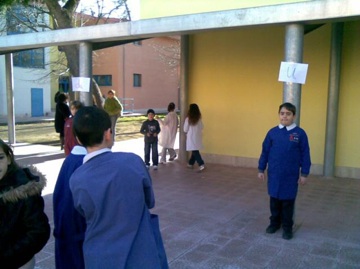 |
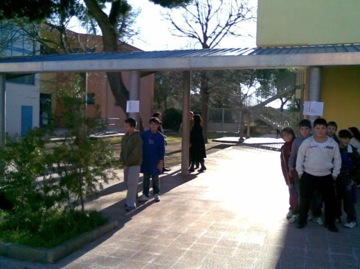 |
|
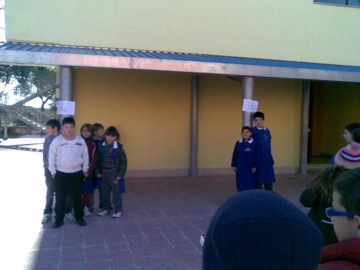 |
|
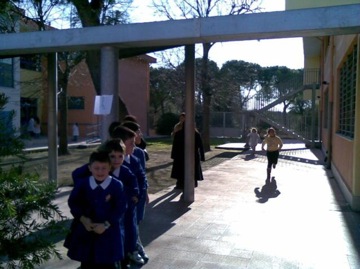 |
Roundup:
The following day the pupils wanted to play the game in the classroom. We established that the pupils who stood on the right of the table represented the units and those who stood to the left of the table represented the tens.
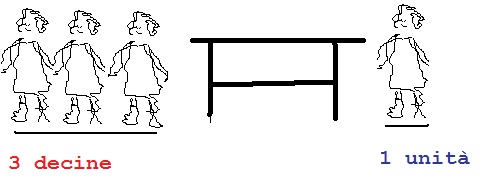 |
|
| The different combinatios were drawn on the blackboard. | 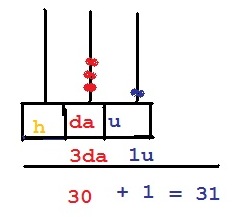 |
Observations:
It is important to realise that the idea of moving physically from one position to another helped the children to understand the concept of place value. This activity is a clear example of the importance of playing in the teaching-learning process.

